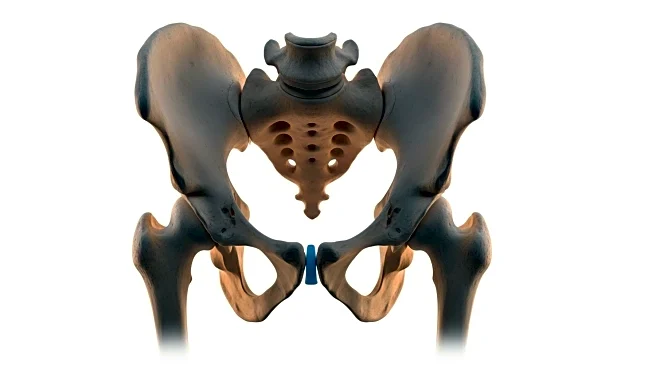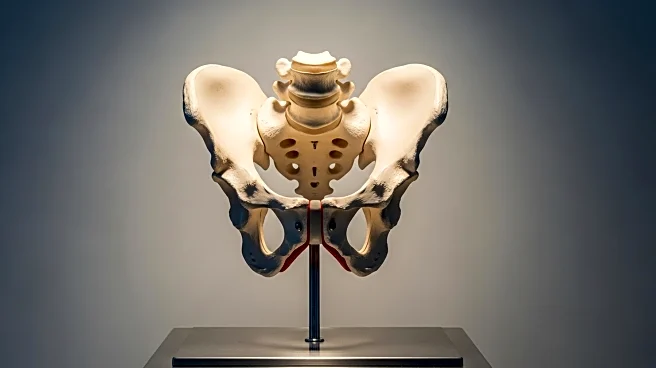What's Happening?
Researchers at Harvard University have identified two key structural innovations in the human pelvis that have been pivotal in enabling bipedalism. The study, published in Nature, highlights how these changes in the upper pelvis have facilitated upright walking by transforming the ilium from a tall and narrow structure to a short, wide, and curved form. This bowl-shaped pelvis provides essential muscle insertions for balance and allows weight to shift efficiently from one leg to the other during locomotion. The research also connects these structural changes to genetic programs active during human development, underscoring the evolutionary significance of these adaptations.
Why It's Important?
The findings from Harvard's study offer significant insights into human evolution, particularly the development of bipedalism, which is a defining characteristic of humans. Understanding the genetic and structural changes that facilitated upright walking can enhance knowledge of human anatomy and evolutionary biology. This research may also have implications for medical fields, such as orthopedics and physical therapy, by providing a deeper understanding of pelvic structure and function. Additionally, it contributes to the broader scientific discourse on how evolutionary pressures have shaped human physiology.











